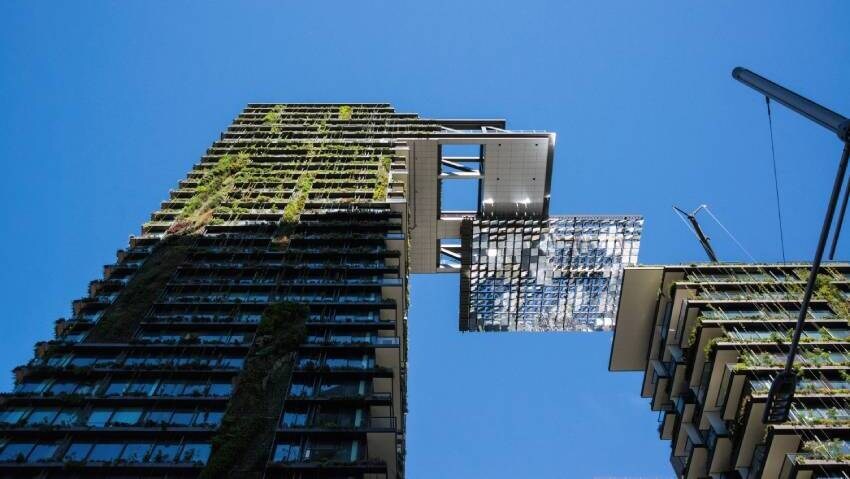Australia is the 13th largest economy in the world. The Australian economy has recorded an unprecedented stretch of economic growth since the last recession in 1991/1992. This period of relative economic stability distinguishes Australia from other similar developed economies over a timeframe characterised by several periods of global economic volatility. The economy is forecast for growth in 2023, albeit at a slower rate than in previous years. This long-term stability makes Australia interesting for real estate investors both domestic and foreign investors.
Despite global uncertainty from geopolitics to recession, high interest rates and inflation concerns, the Australian economy remains robust, unlike in Europe. The Australian government plans to invest some A$ 120 billion in infrastructure and urban projects over the next 15 years. In addition, the labour market is strong, with the lowest unemployment rates in almost half a century and a continuing migration trend.
The growth prospects, and the high yields compared to many other developed countries, combined with the weaker Australian dollar ensures the country remain an attractive destination for offshore capital – topping the list of cross-border investments in the APAC region for years. This trend will likely continue as more real estate investors seize the opportunity to expand and diversify their investment portfolios Down Under.
Migration as a growth driver
Australia is not only attractive to investors. People from all over the world are drawn to the country famous for its high quality of life, career opportunities, good healthcare system and pleasant climate and scenery. Both pro-immigration policy settings and Australia’s ability to attract migrants have been key drivers of growth potential leading to revised forecasts. The recent Federal Budget significantly increased the net migration outlook for Australia for 2022-2025 from 705,000 to 975,000 in just six months.
According to revised forecasts by CBRE in May 2023, Australia's population will grow by 14% between 2021 to 2030. The growth rate is well above those of other developed countries, such as Canada’s 9%, USA’s 6%, the UK’s 3% or, Germany’s 0%. Based on this forecast, an additional 408,000 dwellings will be needed between 2023 to 2025. At the same time, retail spending will increase by A$13.3 billion, with an associated need for 4.46 million square metres of warehouse/logistics space and 1.18 million square metres of office space.
The institutional market: liquid and solid financed
With an average annual transaction volume of US$40 billion, Australia is the world's sixth most liquid real estate market, on par with France. Only Japan (US$50 billion), Germany and the UK (both just over US$80 billion) and the US and China (both around US$530 billion) have more property transactions.
Another striking feature of the market is the low leverage of institutional investors. This means that the impact of the high interest rate on the market environment is significantly more contained and does not pose systemic risks to the real estate sector. In addition, the market is characterised by large Australian government and pension funds, which repeatedly use phases of market downturns to expand their real estate portfolios and thus provide the necessary liquidity in the market.
Australia - a continent at the forefront of sustainability
Due to its geographical location, climate and topography, Australia is particularly vulnerable to natural disasters such as bushfires and floods. Climate change has long been an integral part of the public debate. The increased environmental awareness, sustainability and energy efficiency play a prominent role in the Australian real estate sector – with Australia regularly holding the top position in the annual global GRESB ranking ("Global Real Estate Sustainability Benchmark"), already for the twelfth time in 2022.

Established standards for ESG certification of real estate, such as NABERS, Green Star or GRESB, enjoy a very high reputation in Australia and are decisive for value retention and "future readiness".
A market with upside potential
The Australian property market stands out remarkably in a global context. Supported by a solid economy, it offers stable returns and high liquidity. In addition, Australia positions itself at the forefront of sustainable investments with best-in-class ESG capabilities. This, combined with a promising outlook for future growth, makes it a prime investment destination – a market that combines stability and future-oriented potential.

